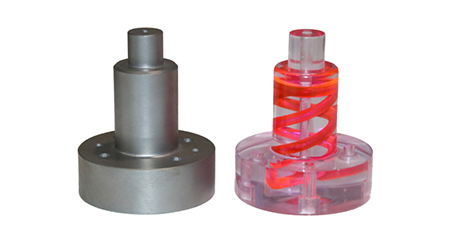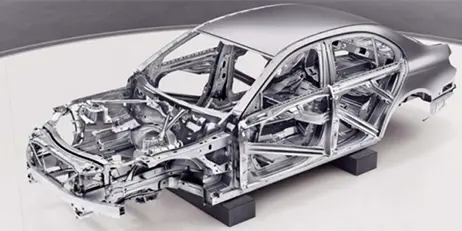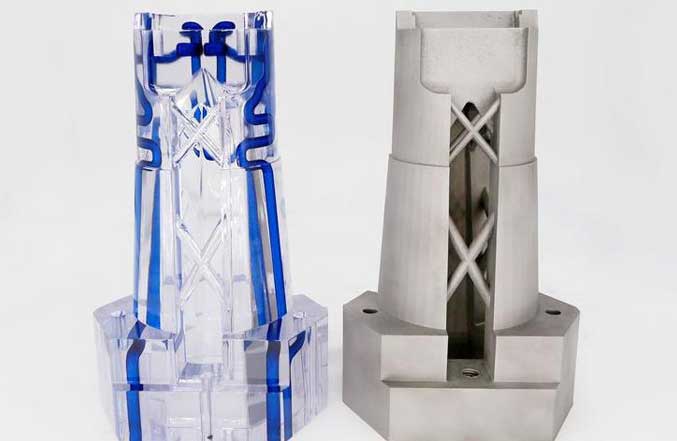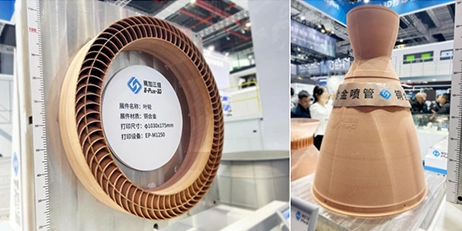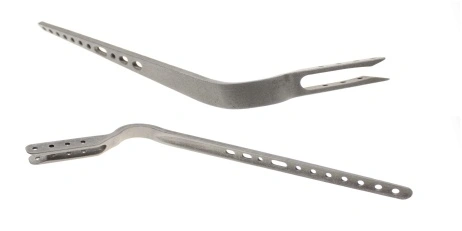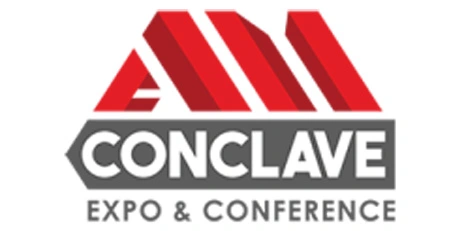
3D printing and various printing materials have brought great convenience to many industries, such as automotive, aerospace, medical, as well as mold manufacturing. Application cases of 3D printing can be found in the three main processes of mold design, production and maintenance.
Mold Design
The advantage of molds lies in the production of large-scale products, but due to the constraints of traditional production processes, molds are usually opened before new products are launched on the market.
Introducing the design and development of 3D printing auxiliary products can not only reduce the development cost of the actual product but also greatly shorten the development cycle. Purchasing 3D printer to manufacture the mold further speeds up product development, and increases flexibility and adaptability. Strategically, it enhances the supply chain's ability to defend against extended deadlines and the risk of stalled development.
Production
For molds with high dimensional accuracy requirements and complex structures, a set of test molds is usually made before the official mold opening. Compared with the formal mold, the material strength of the test mold is low and the structure is simplified. It is only necessary to provide the actual production data for the official mold for verification. Nevertheless, the cost of the test die and the production cycle is still considerable.
With the help of 3D printing technology, the mold cavity and core-pulling components are directly printed, and combined with the traditional mold assembly method, the production cycle and production cost of the mold can be greatly reduced. The ability of 3D printing to create precise molds in a matter of hours will also have a positive impact on manufacturing processes and profits.

Maintenance
It is often the case that the mold has to be modified after production has started. The flexibility of 3D printing allows engineers to try countless iterations simultaneously and can reduce up-front costs due to mold design modifications. In addition, it enables the integration of complex product functions, enabling faster manufacturing of highly functional end products with fewer product defects, thus avoiding unnecessary maintenance after the product has been put into service.
Metal 3D printing is the most representative additive manufacturing technology, and its engineering application helps to improve the digital and intelligent design and manufacture of complex precision molds. Due to the common industrial characteristics of the mold manufacturing industry, metal 3D printing technology is becoming a new key technology for efficient and high-precision mold manufacturing. Welcome to contact Eplus3D for more applications and cases in the molding industry.
